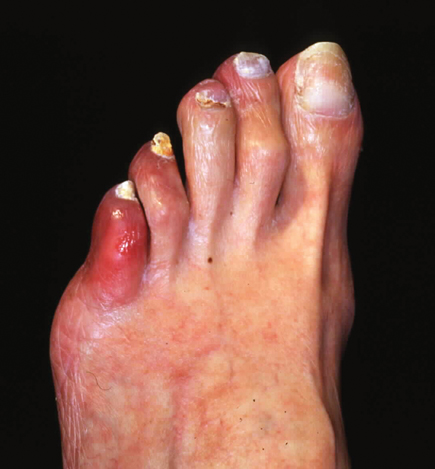Small practices prepare for ACOs
Small practices are wondering how they will fit into the larger networks of accountable care organizations that are springing up nationwide. There are three small steps practices can take as the issue sorts itself out.
As accountable care organizations (ACOs) sprout up nationwide, some owners of small primary care practices are wondering how they will fit in. They don't want to be left out, but they also are feeling overwhelmed and as if they can't take anything else on.
Physicians are considering their options: the Physician Quality Reporting System, e-prescribing, meaningful use, and myriad other incentive programs, as well as looming penalties for those who don't participate. Practice owners are considering how to align themselves with other primary care practices as well as specialty practices and/or hospitals.
The new integration movement, however, is different from what happened in the 1990s. There is a different purpose this time. Care coordination is the name of the game. Integration is now more about how patients can move around the health care arena seamlessly and in a more coordinated way. The goal is to eliminate duplication, improve communication and provide better and, ultimately, more patient-centric care.
Even if small practices aren't quite ready to jump on the ACO bandwagon, they can take some steps to retain some autonomy while acquiring new capabilities that will help them succeed in this new environment.
Here are three things small practices can do to improve care, and some tools and resources to help implement changes.
Standardize care using accepted guidelines, policies and procedures. Using clinical guidelines will make practices more consistent, which is important when outside entities, such as payers, begin looking for outliers and high-cost clinicians. It can also help practice staff, who are providing front-line management of patients with common conditions.
ACP offers many clinical guidelines for members online.
Coordinate care among all the entities involved with the care of the patient, including the patient. Flow sheets and checklists can help with the data collection process, help clinicians keep track of where patients may be receiving care and serve as reminders of what needs to be done when patients are seen in the office. Creating a care coordination agreement with the most frequently used specialists can improve and standardize communication and information exchange.
For more information on care coordination, see ACP's paper on medical home neighbors online.
Collect and use data to change behavior, produce better outcomes and provide care more efficiently. This is probably most problematic for small practices. Efficiently used electronic health records can go a long way to achieve this, but registries are another way to track patients with certain common chronic conditions. For instance, a registry can identify patients with certain conditions who are overdue for recommended services so that practice staff can follow up.
Benchmarking is another exercise to improve efficiency. As one example, claims data from the practice management system can be used by payers for profiling. An American Medical Association toolkit describes how to use practice data online.
AMA also has a new ACO “how-to” manual, available online, to help physicians take advantage of some of these new opportunities. It discusses possible options for small practices to collaborate with other physicians and to get financing for practice enhancement.
Chapter 9 of this resource, “Retaining independence while embracing accountability: Care coordination and integration strategies for small physician practices,” may be especially helpful.
Before taking the integration plunge, small practices might want to take these steps to smooth the transition, make themselves more attractive to potential entities and prepare for whatever opportunities may arise.





